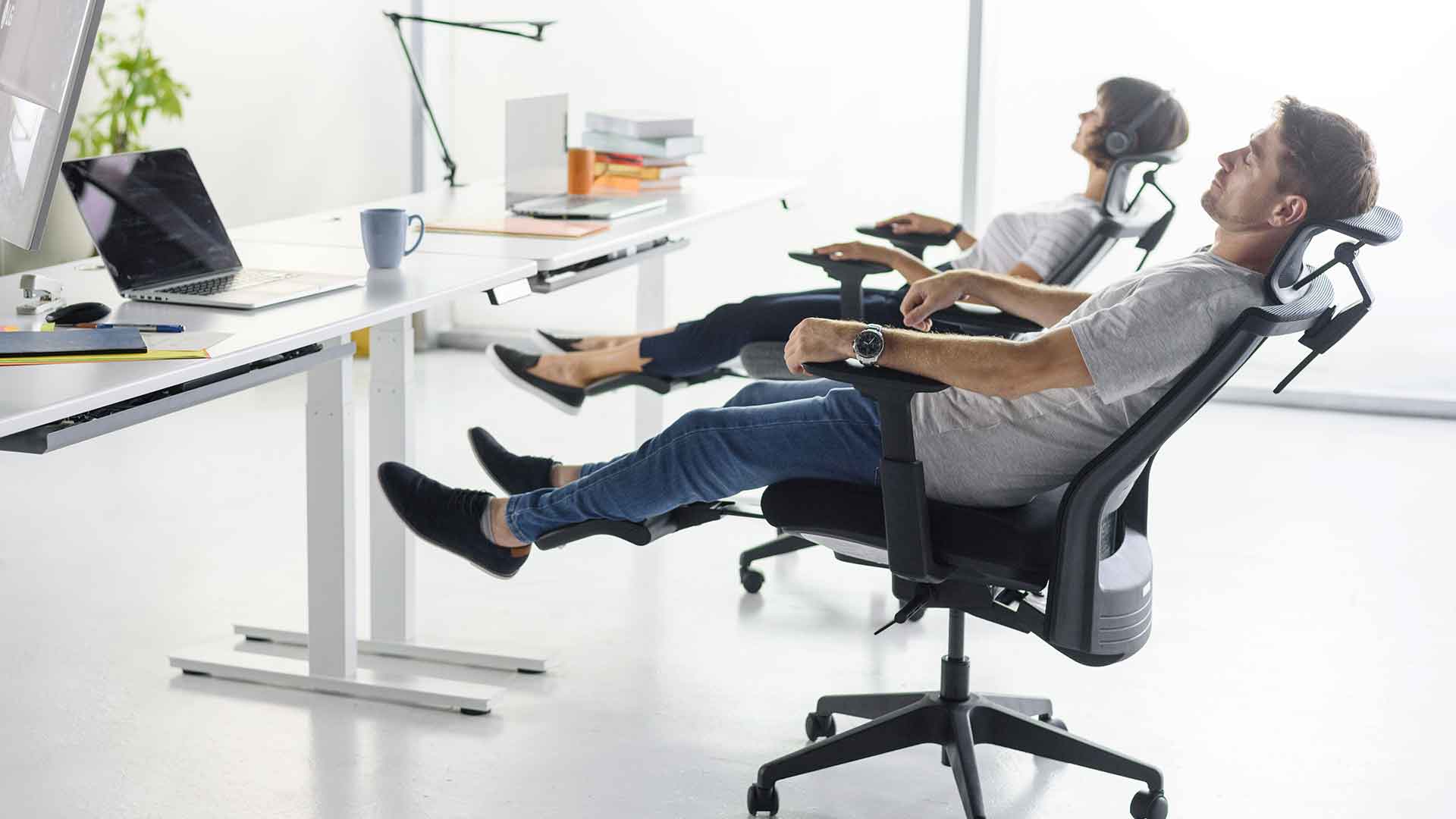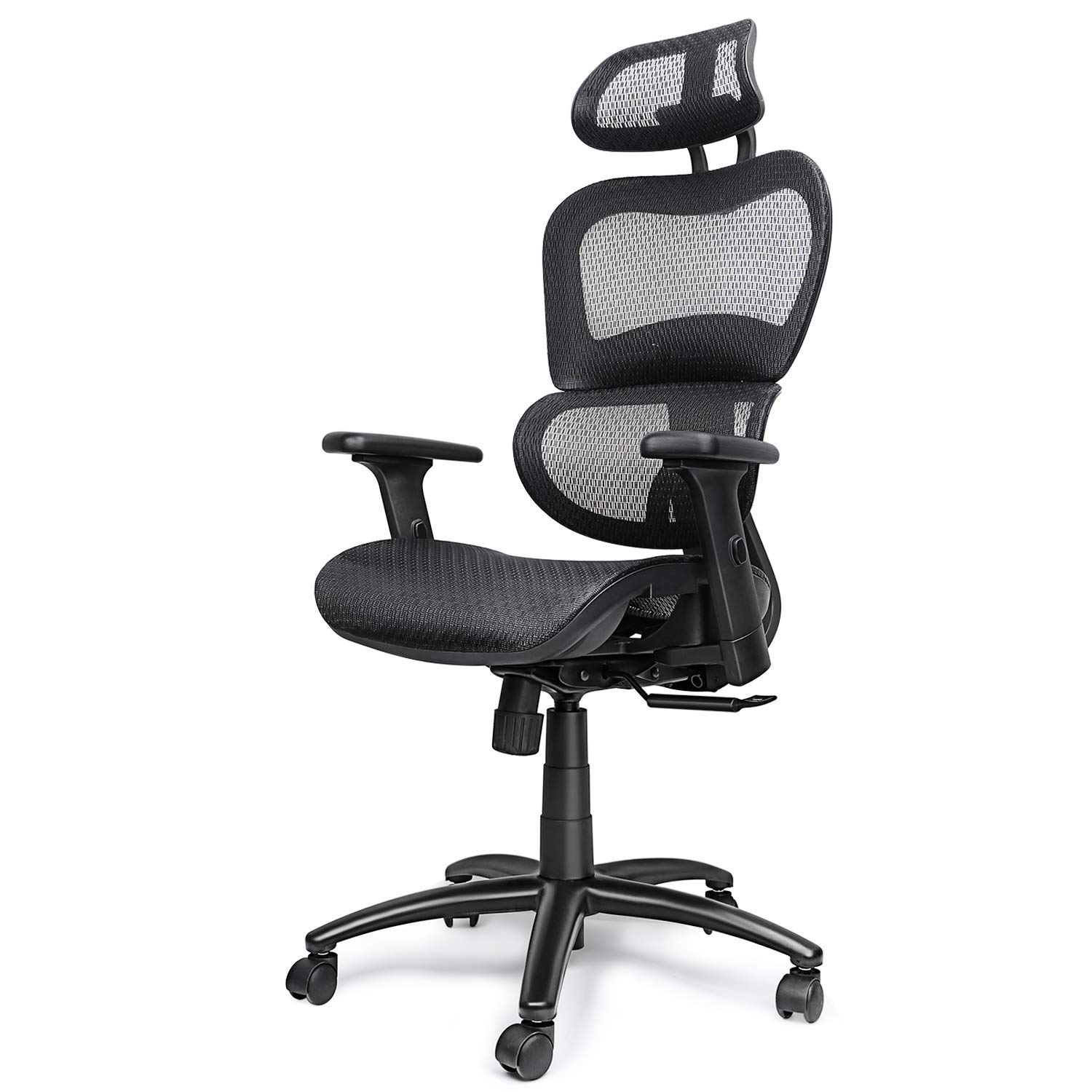Key Features to Consider When Choosing a Recliner: Best Recliner Chair For Back Pain

Choosing the right recliner for back pain requires careful consideration of several key features. The right chair can significantly improve comfort and support, while the wrong one can exacerbate existing problems. Understanding these features will empower you to make an informed decision and find the perfect chair to alleviate your back pain.
Importance of Key Features for Back Pain Relief
The most crucial elements in a recliner designed for back pain relief are focused on providing proper support and adjustability. These features work together to ensure your spine is correctly aligned and your body is comfortably supported.
- Lumbar Support: Adequate lumbar support is paramount. A chair lacking sufficient support in the lower back will leave your spine unsupported, potentially leading to increased pain and discomfort. Look for recliners with built-in lumbar support, adjustable lumbar cushions, or the option to add a separate lumbar support pillow. This ensures your lower back maintains its natural curve, reducing strain.
- Adjustability: The ability to adjust the recline angle, headrest, and footrest is essential for personalized comfort. Finding the perfect position that supports your back and reduces pressure points is key. Different reclining angles allow you to find optimal support for various activities, from reading to watching TV to simply relaxing. Adjustable headrests and footrests further customize the support, accommodating different body types and preferences.
- Seat Depth: The seat depth needs to be appropriate for your height and leg length. A seat that’s too deep can cause your lower back to slouch, while a seat that’s too shallow can put pressure on the backs of your thighs. The ideal seat depth allows your feet to rest comfortably on the floor or footrest while maintaining good posture.
Material Considerations for Comfort and Support
The materials used in a recliner significantly impact its comfort and support. Different materials offer various levels of firmness, breathability, and durability.
Leather and fabric recliners each have their own advantages and disadvantages. Leather is generally more durable and easier to clean, offering a luxurious feel. However, it can be less breathable and potentially less comfortable in warmer climates. Fabric recliners, on the other hand, often provide better breathability and can be more comfortable in warmer temperatures, offering a softer feel. The choice often comes down to personal preference and climate. However, for back support, a firm yet slightly yielding material is generally preferred, regardless of whether it is leather or fabric. Consider the firmness and overall support the material provides before making a decision.
Recliner Checklist for Back Pain Sufferers
This checklist will help you assess recliners based on features that specifically address back pain:
| Feature | Benefit | Evaluation |
|---|---|---|
| Lumbar Support (adjustable preferred) | Supports the natural curve of your lower back, reducing strain. | Excellent/Good/Fair/Poor |
| Recline Angle Adjustability | Allows you to find the optimal position for your back. | Excellent/Good/Fair/Poor |
| Headrest Adjustability | Provides support for your neck and head, improving overall posture. | Excellent/Good/Fair/Poor |
| Footrest Adjustability | Allows for proper leg support and reduces strain on the lower back. | Excellent/Good/Fair/Poor |
| Seat Depth | Ensures proper posture and prevents slouching. | Excellent/Good/Fair/Poor |
| Material (firmness and breathability) | Impacts comfort and support. | Excellent/Good/Fair/Poor |
| Overall Comfort and Support (after testing) | The most important factor. | Excellent/Good/Fair/Poor |
User Review Examples: Impact of Features on Back Pain
“The adjustable lumbar support on my new recliner is a game-changer. I used to have terrible lower back pain after sitting for a while, but now I can comfortably relax for hours without any discomfort.” – Positive review highlighting the impact of adjustable lumbar support.
“I was disappointed with the lack of headrest adjustability on this recliner. My neck started aching after only 30 minutes of sitting, despite the comfortable seat.” – Negative review pointing out the importance of headrest adjustability.
“The deep seat on this recliner caused me to slouch, which made my back pain worse. I wish I had paid more attention to the seat depth before purchasing.” – Negative review emphasizing the significance of appropriate seat depth.
Additional Considerations and Recommendations

Choosing the right recliner for back pain involves more than just looking at the overall comfort. Understanding different support mechanisms, potential health risks, and proper maintenance are crucial for maximizing the benefits and longevity of your investment. This section delves into these important aspects to help you make an informed decision.
Back Support Mechanisms: A Comparison
Recliners offer a variety of back support features, each with its own advantages and disadvantages. Adjustable lumbar support allows you to customize the curve of the backrest to match your spine’s natural alignment, offering targeted support where you need it most. This is particularly beneficial for individuals with lower back pain. Built-in massage features can provide temporary pain relief and muscle relaxation, but shouldn’t be relied upon as a primary solution for chronic back problems. Some recliners incorporate headrests that can be adjusted to provide neck support, preventing strain and promoting proper posture. The best choice depends on individual needs and preferences; someone with primarily lower back pain might prioritize adjustable lumbar support, while someone with neck and shoulder tension might benefit more from a well-designed headrest and perhaps a massage function. Consider the level of adjustability offered – more options usually translate to greater customization and better support.
Health Risks of Improper Posture and Prolonged Sitting
Prolonged sitting, especially in poor posture, can lead to several health issues. Slouching in a recliner can exacerbate existing back pain and contribute to muscle stiffness, reduced blood flow, and even nerve compression. Over time, this can result in chronic back pain, neck pain, and even carpal tunnel syndrome. Furthermore, prolonged inactivity increases the risk of obesity, cardiovascular disease, and other health problems. To mitigate these risks, it’s crucial to maintain good posture, take regular breaks to stand and move around, and avoid spending excessive time in a reclined position. Regular stretching exercises can help counteract the effects of prolonged sitting and improve flexibility. Consider setting a timer to remind yourself to get up and move every 30-60 minutes.
Recliner Maintenance for Optimal Back Support and Longevity, Best recliner chair for back pain
Proper maintenance ensures your recliner continues to provide adequate back support and lasts for years. Follow these simple steps:
- Regularly inspect the recliner for any signs of wear and tear, such as loose screws, damaged fabric, or sagging cushions. Address these issues promptly to prevent further damage.
- Clean the recliner regularly using appropriate cleaning solutions and techniques. Refer to the manufacturer’s instructions for specific cleaning recommendations.
- Avoid placing heavy objects on the recliner, as this can damage the frame and upholstery.
- Periodically check and tighten any loose screws or bolts to maintain structural integrity.
- If your recliner has a power mechanism, ensure it is properly lubricated according to the manufacturer’s instructions. This helps prevent premature wear and tear of the motor and moving parts.
